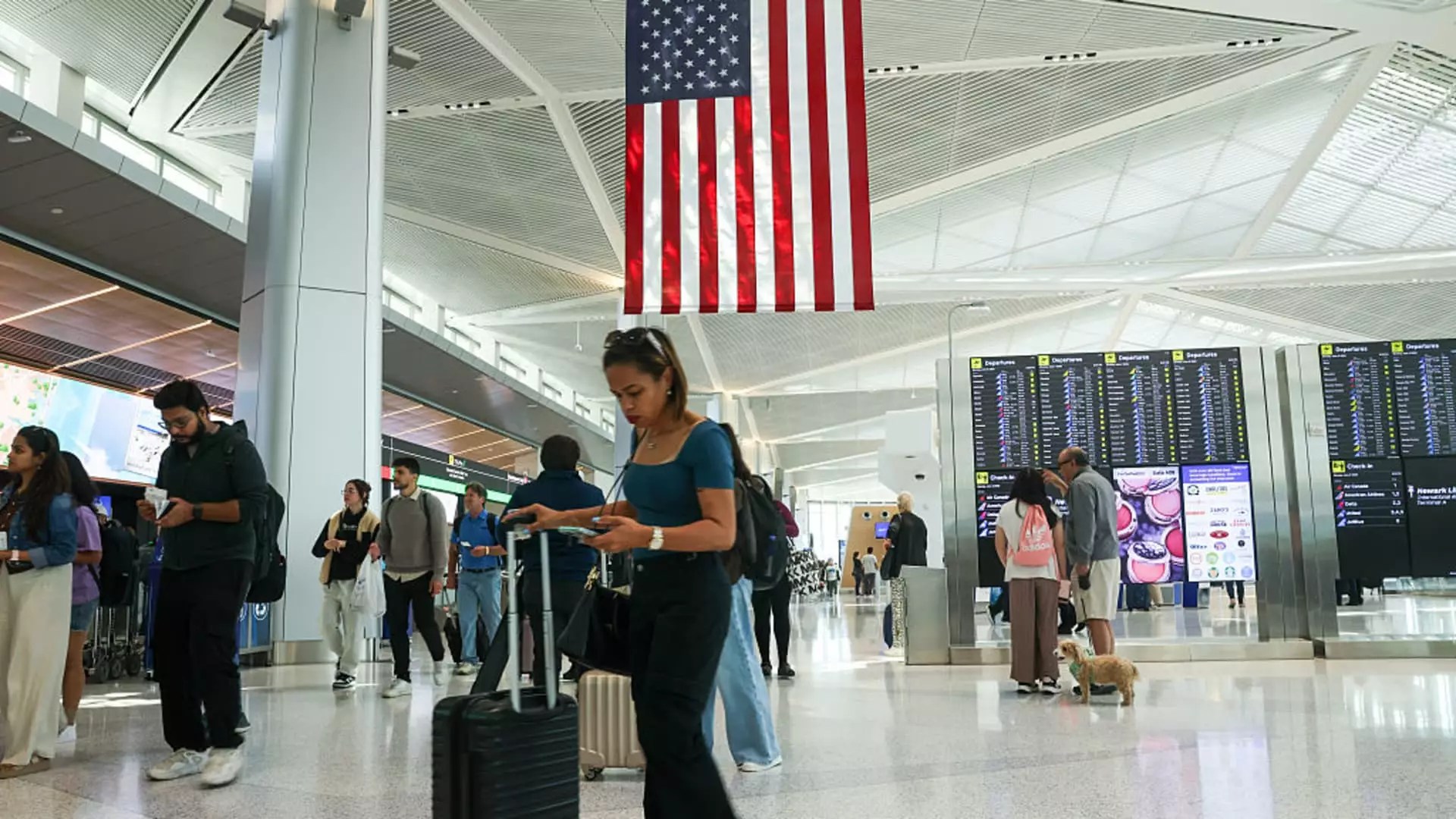Every summer, the narrative is the same: millions of Americans will flock to airports, eager to escape the mundane and indulge in leisure. This year, optimism is simmering — but it’s mostly a veneer. Airlines are loudly proclaiming a robust summer, with headline-grabbing figures of over 18 million travelers and record checkpoint numbers. Yet beneath this surface, a more cautious reality lurks. The industry’s recent disclosures reveal a patchwork of declining demand, shrinking fares, and an uncertain future that exposes the weaknesses of a sector that has been riding a rollercoaster of pandemic recovery and economic doubts. Flight volumes are holding, but passenger spending is faltering, signaling that this supposed revival might be more fragile than industry executives want to admit.
The Fallacy of a Full-Flight Economy
The hype about a booming travel season ignores the critical truth: airlines are not experiencing a sustained surge in demand. Lower fares—an 11.8% decline in travel-related credit card spending from June last year—are often a sign of desperation rather than success. Airlines are, in essence, offering discounted prices to lure travelers, not because they see a thriving market, but because they need to keep planes moving. The cutthroat tactics of price reductions, especially during off-peak days, underscore a distressing reality: the industry is trying to fill its seats in a landscape where consumer confidence remains tepid. Meanwhile, airlines like Southwest, Delta, and American are hesitating to project growth into 2025, citing geopolitical uncertainties, tariffs, and sluggish international travel as looming threats.
The Paradox of Record Travel Amid Waning Demand
Mass travel numbers—over 18.5 million TSA screenings expected this week—could suggest a thriving industry. But the true picture is more nuanced. What we see is a short-term spike that doesn’t reflect sustainable demand. Most of the profits for airlines come from the second and third quarters, yet signs of weakness are already evident in declining bookings and fares. International markets are also showing cracks: fares to Europe and Asia are down, approaching pre-pandemic levels, which might appear positive but actually point to an oversupply of capacity and a lack of premium demand. International carriers once relied heavily on outbound U.S. travelers, but with fewer overseas visitors and more competitive fares, the wind is shifting against the global airlines’ optimism.
Economic Headwinds and Industry Vulnerability
The broader economic landscape adds weight to this fragile recovery. Despite resilient jobs data, consumer spending on travel continues its slow decline. An 11.8% drop in air travel spending indicates that travelers remain cautious, perhaps holding back on discretionary spending amid inflation, interest rate hikes, and geopolitical tensions. The anticipated economic downturn—or at least a period of sluggish growth—threatens to further stifle demand. Airlines, faced with these headwinds, are preparing for a period of austerity, cutting unprofitable flights and capacity. Such measures, while strategic, threaten to deepen the industry’s malaise if demand doesn’t rebound convincingly later in the year.
The illusion of stability masks a precarious industry
The narrative that airlines are “stable” overlooks a fundamental truth: they’re operating on thin margins, with much of their near-term profitability hinging on the summer surge. The strategic emphasis now is on survival—cutting costs, reducing capacity, and waiting for better days that may not come soon. The economic environment remains unpredictable; tariffs persist, international travel remains fragile, and consumer confidence is teetering. For a sector that relies heavily on a summer boom, these signs are cautionary. The so-called “summer sale” may temporarily boost ticket sales, but it does little to address the deeper structural issues—overcapacity, diminished demand, and uncertain economic fundamentals—that threaten the long-term viability of the airline industry.
This situation demands honest reflection: the industry’s current resilience is more an illusion than an actual return to health. While travelers may enjoy cheaper fares for now, the underlying instability suggests cheaper flights are merely a band-aid over a wound that could become much larger later in the year.


Leave a Reply